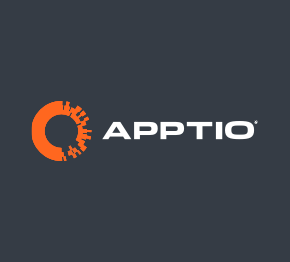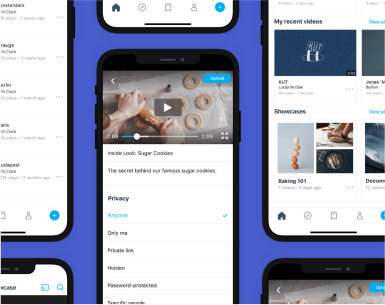Introduction
Apptio, a leader in IT financial management serving over 1,000 customers (including half of the Fortune 100), needed to scale testing as they grew globally. Their in-house infrastructure couldn’t keep up, causing bottlenecks in cross-browser testing and CI workflows. By integrating BrowserStack, Apptio streamlined automation, reduced build times, and empowered teams to identify and resolve issues early. With faster, more reliable testing, Apptio delivers high-quality releases while scaling seamlessly with customer demands.
Spending a week setting up a browser version
Spending a week setting up a browser version
Apptio’s enterprise apps help CIOs manage, plan and optimize their tech costs. Founded in 2007, Apptio today has more than 1,000 customers—including half of the Fortune 100 companies. It’s the top-ranking and most reviewed IT financial management solution on Gartner PeerInsights.
Apptio uses machine learning to translate technology costs across the entire IT portfolio (including on-premises systems, vendors, projects, and cloud systems) into a holistic, business-centric view. This helps IT leaders set future targets, measure business results and drive investment decisions.
In such a complex, layered system, a minor error could easily cascade into incorrect forecasts and millions in misallocated resources for the clients. To minimize the odds of such an outcome, Apptio ran UI, functional and end-to-end test suites on an in-house server farm, outfitted with Linux and Firefox. Over time, as usage trends shifted and Apptio grew to international markets, it was time to expand browser coverage.
“As part of a good test suite, we needed to have cross browser testing as well,” says Paule Grow, Tester-turned-Software Design Engineer for Tooling at Apptio.
The initiative began with adding the now-dominant Chrome to their test servers. But during the process, Paule saw the inefficiencies of maintaining an internal infrastructure. “TechOps helped us install Chrome on the server farm,” Paule says. “It worked—sort of—but we needed to keep the Chrome versions up to date.”
However, due to server storage restrictions, updating browser versions became a bottleneck in Apptio’s continuous testing workflow. “The request for more servers takes time to be approved. Then you need more time to flesh it out and even more time before the server is online. It added up to at least a week’s worth of effort,” says Paule. “We needed to keep pace with our customers, and for that, we needed an infrastructure which would let us scale our testing.”





